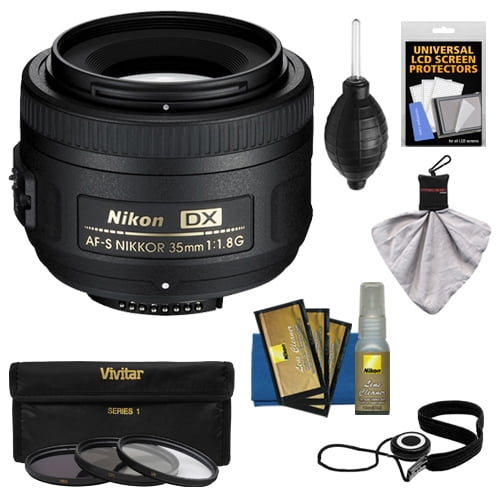



(As a side note, if you’d like to learn about filters in a video format, we’ve created the most comprehensive tutorial about filters anywhere on Youtube. In this article, I will talk about the different types of lens filters available, what they do, when and how to use them. As I will demonstrate below, some filters, in fact, can never be simulated in software and some actually help in getting even better results during post-processing. Many photographers think that some of the built-in tools in Lightroom and Photoshop can simulate filter behavior, making filters redundant in the digital age. Since digital photography is all about the quality and intensity of light, lens filters are often necessary to modify the light before it enters the lens. So, what makes filters so useful? It actually depends on the type of photography you do.įor example, landscape photographers heavily rely on various filters, while street and portrait photographers rarely get to use them. Some photographers only use filters in rare situations, while others rely on filters for their everyday work. Filters are widely used in photography and cinematography. They can be indispensable for capturing scenery in extremely difficult lighting conditions, they can enhance colors and reduce reflections, and they can simply protect lenses. Filters in photography – sheets of glass or resin attach to your camera lens – can serve different purposes for photographers.


 0 kommentar(er)
0 kommentar(er)
